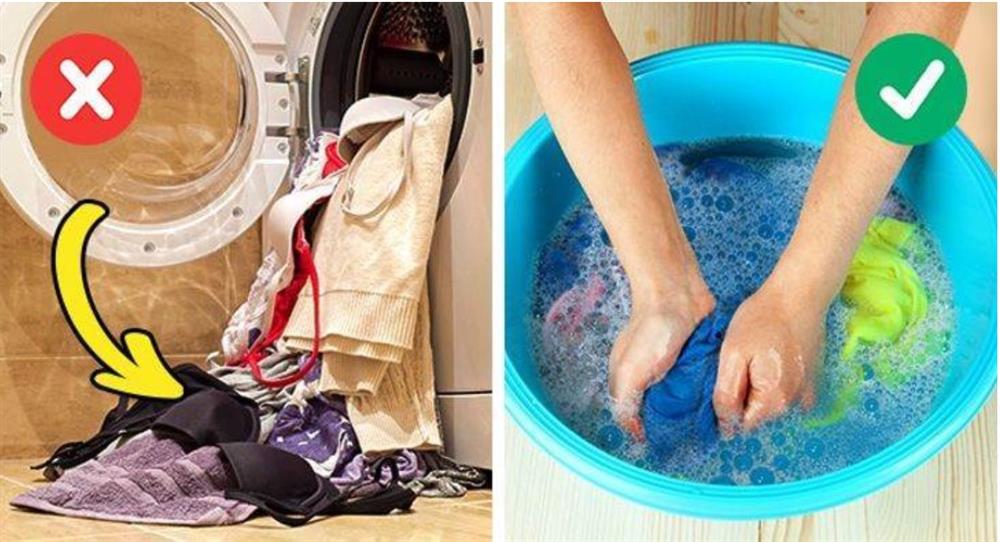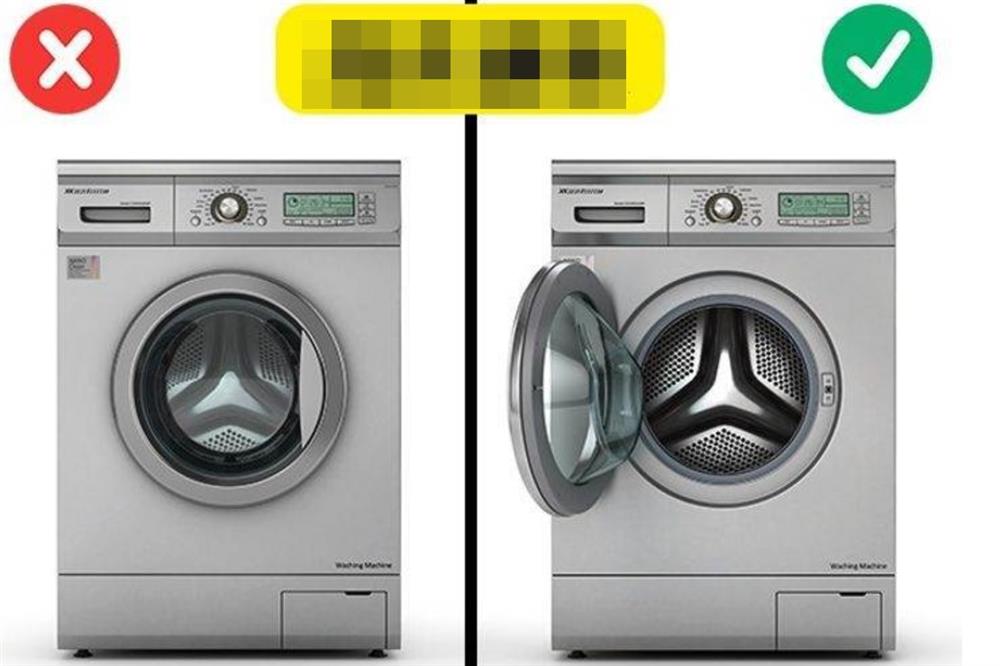You might think that washing clothes in a washing machine is a breeze – just load up the machine and hit start. But even these seemingly simple tasks can be more intricate than they appear. Here are some common mistakes that could be ruining your clothes.
1. High water temperature
Washing at high temperatures can cause clothes to fade, wrinkle, or deform. Conversely, washing at lower temperatures helps retain colors and shapes and prolongs the life of your garments. Additionally, with a good washing machine and detergent, warm or cold water can be just as effective at removing dirt as hot water. Only bath towels need to be washed and disinfected at 87°C; other fabrics can be washed in normal water temperatures.

2. Putting dirty clothes directly into the washing machine
Clothes that are heavily soiled or stained should be carefully hand-washed or pre-treated with a stain remover before being placed in the washing machine. Otherwise, dirt or bacteria may spread to other clothes in the load.
In addition to detergent, you can also use alternative methods such as lemon, baking soda, or vinegar. Lemon juice is a great stain remover, a mixture of vinegar and liquid detergent can remove stains, and a 3:1 ratio of baking soda to water can make red wine stains disappear.
3. Using too much detergent or fabric softener
Excess detergent can clog the detergent dispenser and create unpleasant odors. Too much fabric softener can make it difficult to properly rinse your clothes. So, be sure to read and follow the instructions on your detergent and softener. If your clothes are really dirty, use a pre-wash cycle or wash them twice.

4. Overusing fabric softener
While fabric softener can make clothes softer and easier to iron, over time it can reduce the absorbency of fabrics. Therefore, it’s best not to use it when washing towels, sportswear, or items made from fine fibers, elastic fibers, or spandex.
5. Washing underwear
Washing bras in the machine with other items can cause them to stretch and deform quickly. It’s best to hand-wash these items. The same goes for lace underwear and swimsuits.
As for nylon stockings, they can be machine-washed, but only if you follow these guidelines: place the stockings in a separate laundry bag, wash at a low temperature (32°C), and use a slow spin cycle.

6. Using bleach on cotton, Lycra, or spandex
Chlorine bleach contains strong chemicals that weaken fabric fibers, so it should not be overused on any material. This is especially true for elastic and Lycra fabrics, which will quickly lose their elasticity if bleached. To avoid this issue, follow these tips:
– Wash only in cold water
– Do not use fabric softener
– Do not use an automatic dryer to dry
7. Washing jeans too frequently
Manufacturers recommend avoiding machine washing altogether to preserve the color of your jeans for as long as possible. If you’re not ready to give up machine washing, try to space out washes as much as possible.
8. Drying
Improper drying can affect your clothes just as much as improper washing. Here are some tips to avoid making mistakes:
– Don’t overuse the dryer: It can cause your clothes to wear out and fade more quickly. Don’t use it to dry lightweight fabrics.
– Don’t overdry your clothes, as this can make the fibers brittle and prone to damage.
– Don’t hang up garments made of knit or woolen fabrics, as they can lose their shape.
– Shake out your clothes before hanging them up to prevent wrinkles.
9. Poor washing machine maintenance
If you don’t regularly clean your washing machine, over time, dirt, detergent residue, and other build-up can stain your clothes or cause unpleasant odors. To prevent this, follow these rules:
– Keep the washing machine vent open after each wash.
– Regularly remove detergent residue from the rubber gasket.
– Clean the detergent dispenser periodically.
– Clean the washing machine regularly, using a mixture of detergent (1 teaspoon) and vinegar (4 cups) once a month.

By An Nhiên – Vietnamnet
“Are You Loading Your Washing Machine Wrong? – The 7kg and 12kg Dilemma”
The weight limit on a washing machine, such as 7kg, 9kg, or 12kg, refers to the weight of dry clothing. This is an important distinction to make, as wet clothing can weigh significantly more than dry clothing. For example, a load of dry clothes that weighs 7kg can easily exceed the 9kg mark when wet. Therefore, it is crucial to adhere to the weight limit specified by the manufacturer to ensure optimal washing machine performance and avoid any potential damage.






































